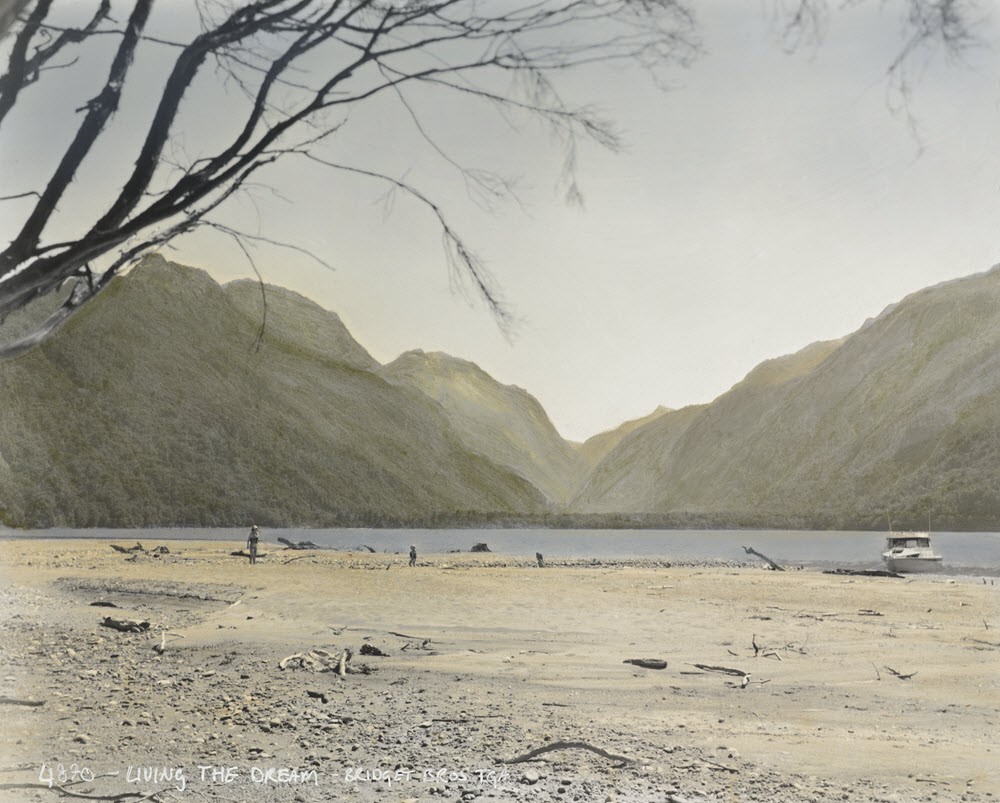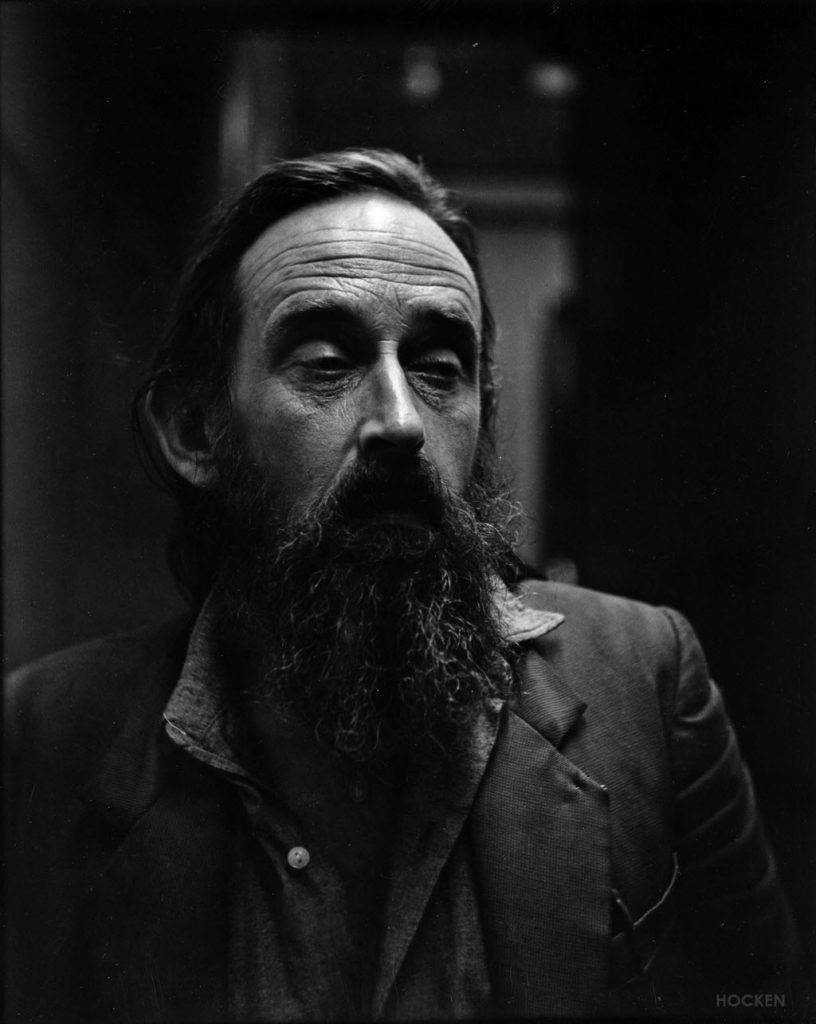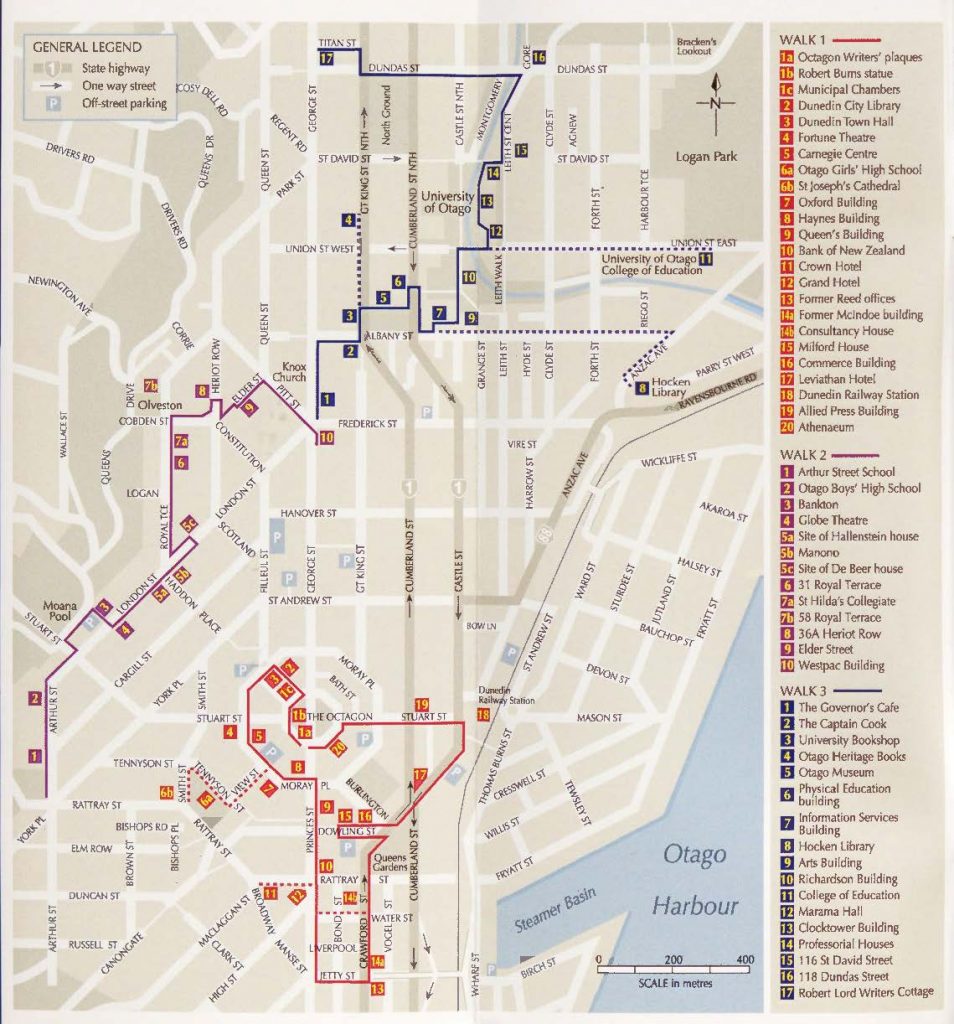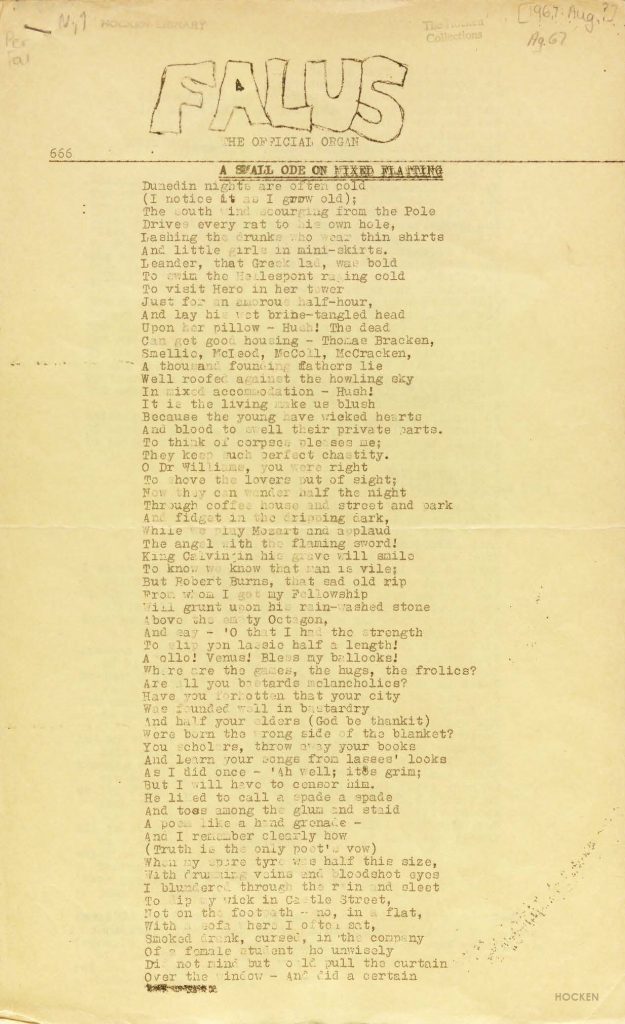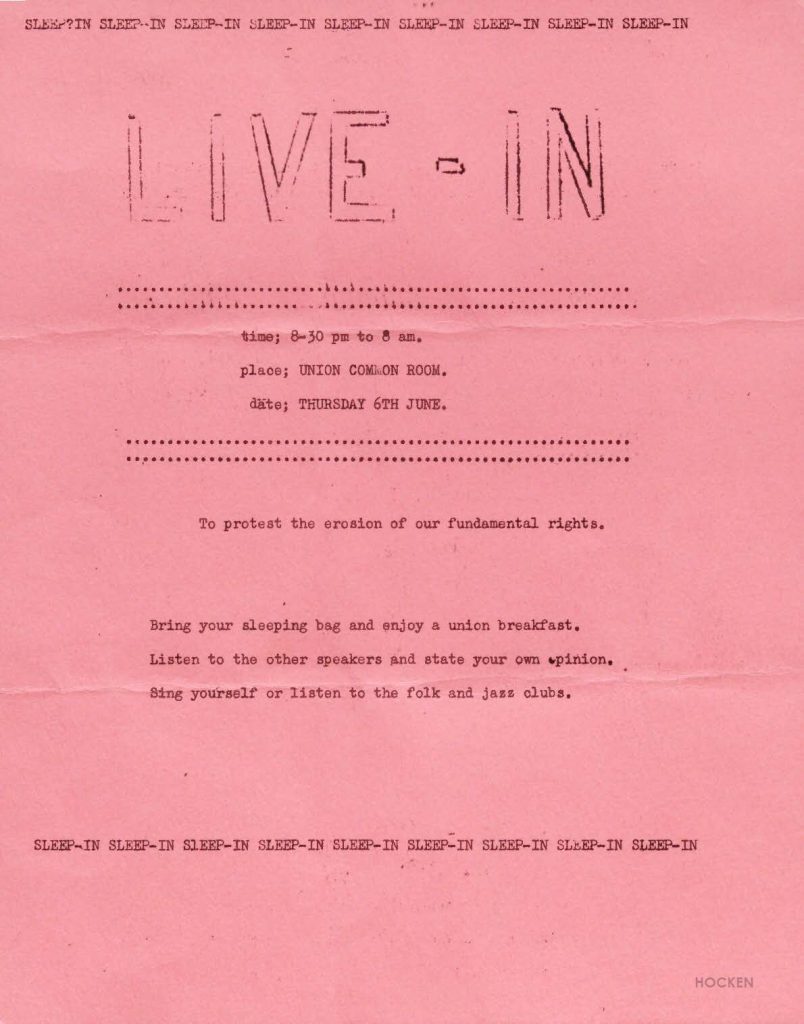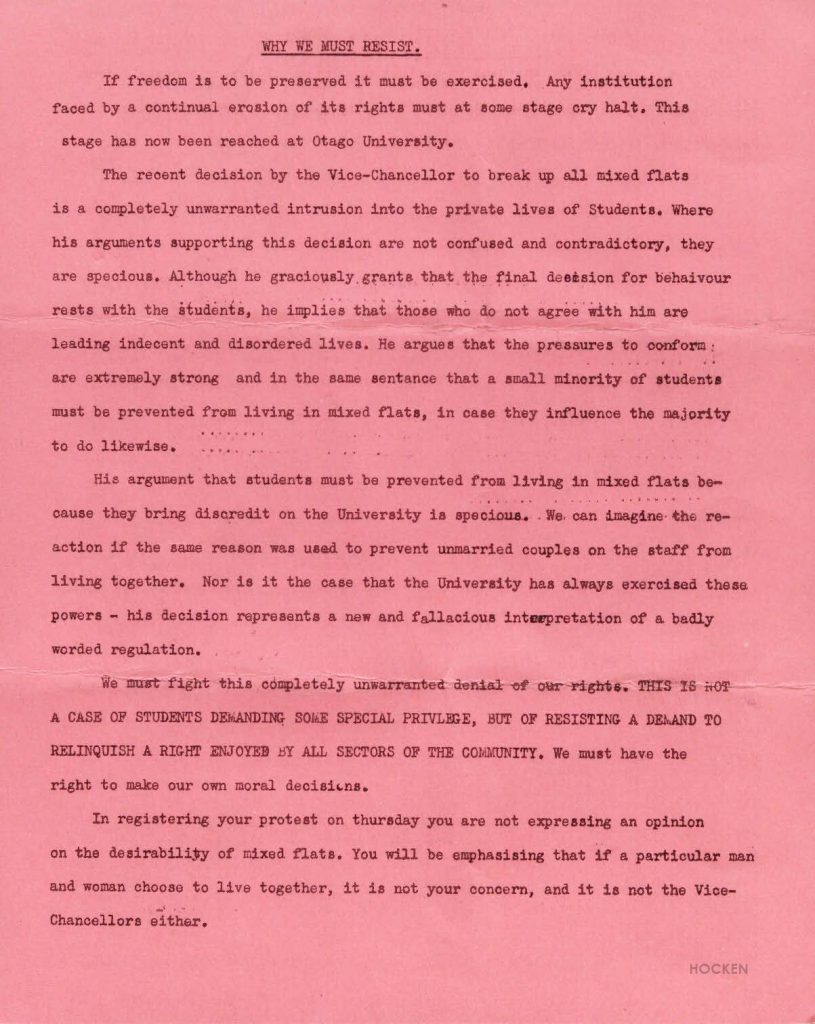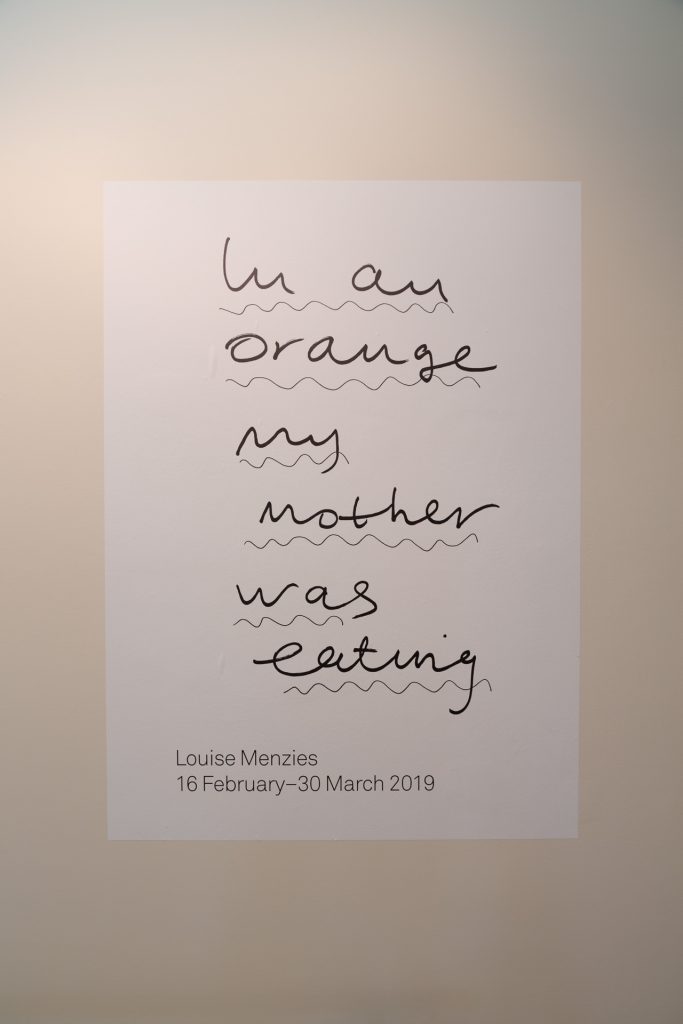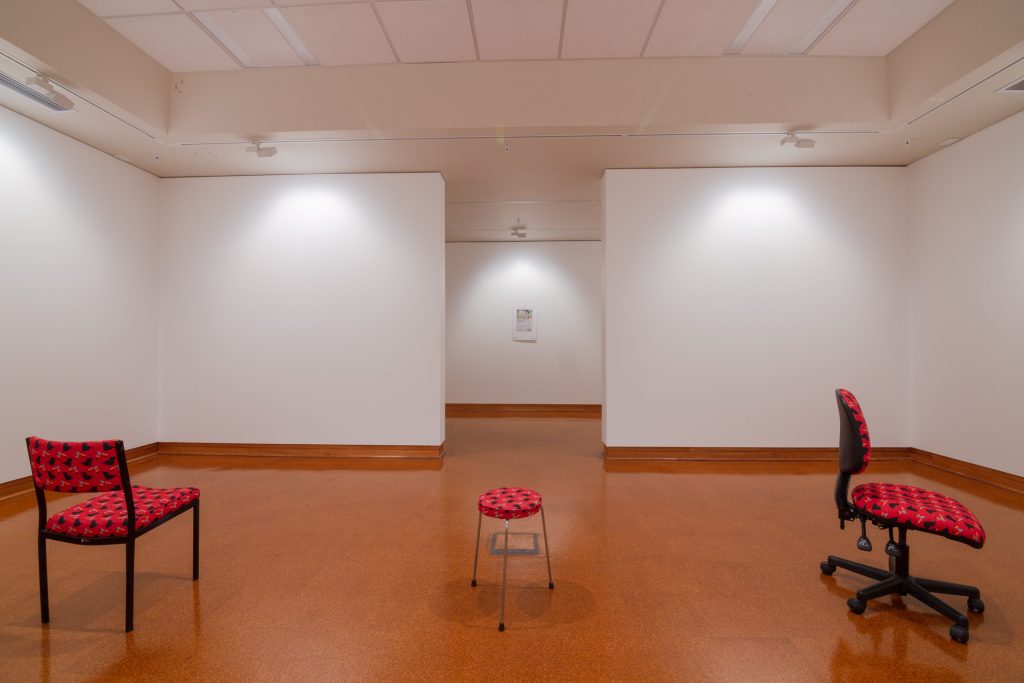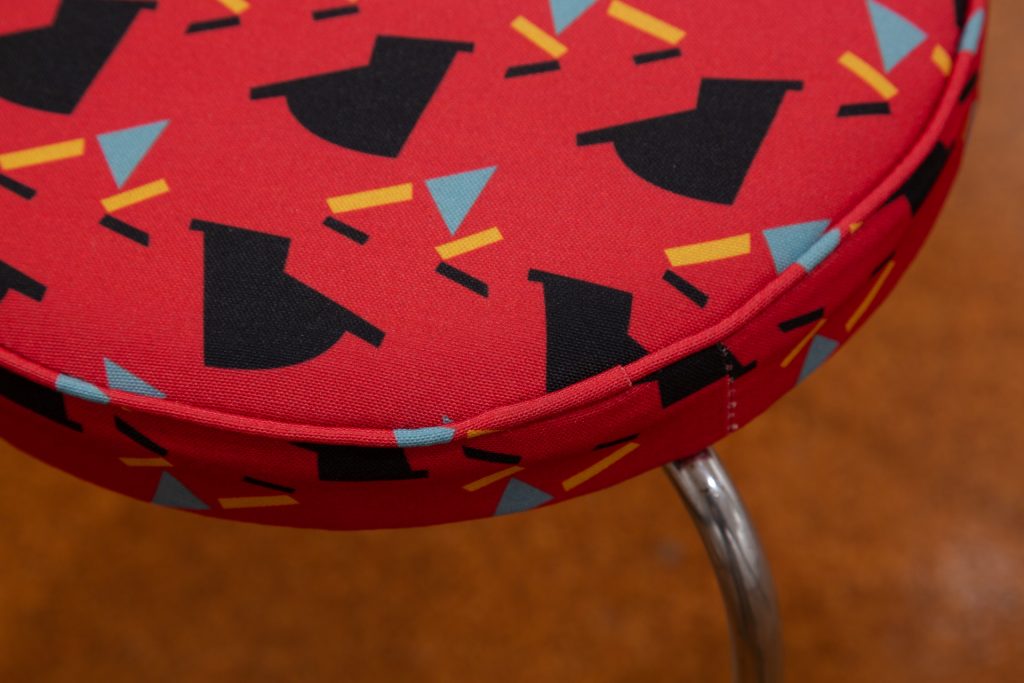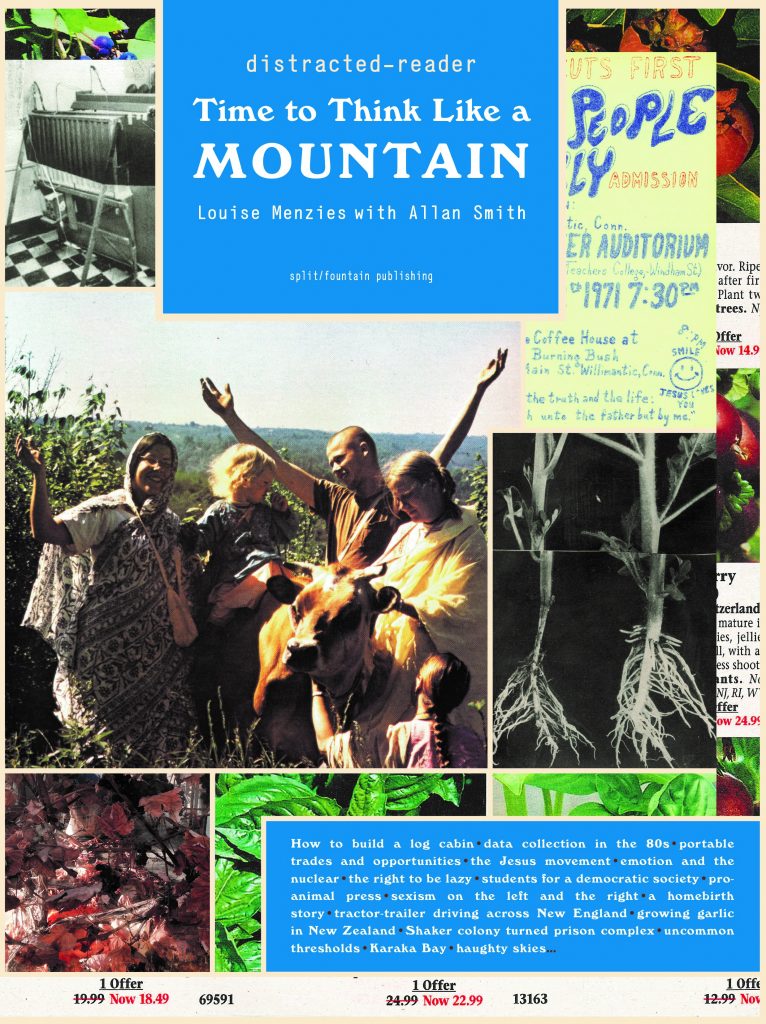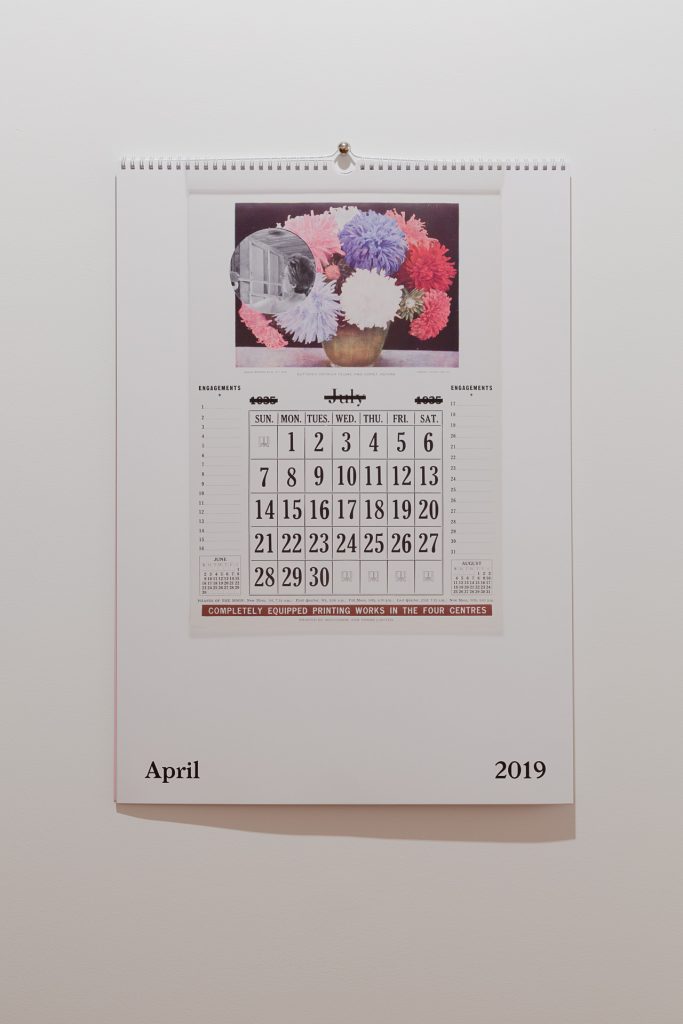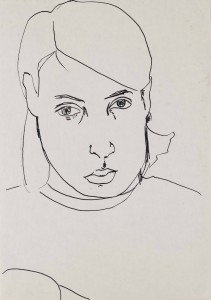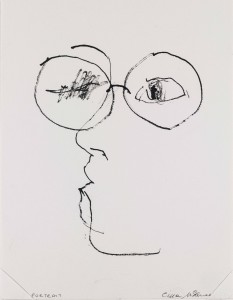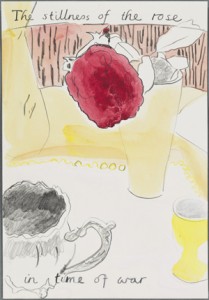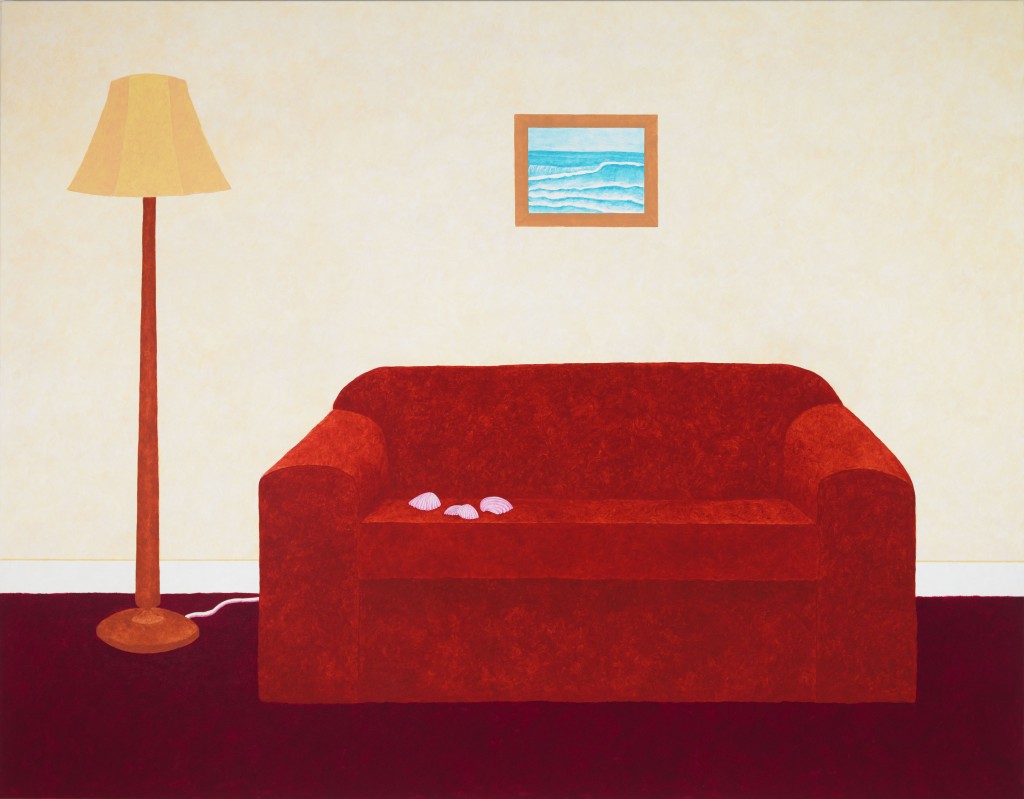Post written by Collections Assistant Nick Austin
It was the Hocken’s pleasure, and good fortune, to host the karakia whakatuwhera – opening blessing – for the exhibition Pōkai Whenua, Pōkai Moana by 2020-2021 Frances Hodgkins Fellow Bridget Reweti (Ngāti Ranginui, Ngāi Te Rangi), here in our gallery just prior to August’s lockdown. University of Otago Māori Chaplain Dr Helen Papuni led karakia through the gallery, followed by kōrero and waiata to welcome the exhibition and pay acknowledgements. It was great that so many guests from out of town were able to attend this special evening.

Bridget Reweti and Hocken Librarian Sharon Dell at Pōkai Whenua, Pōkai Moana opening. Photograph: Sharron Bennett

Sarah Hudson, Bridget Reweti, Erena and Unaiki Arapere, and Terri Te Tau at Pōkai Whenua, Pōkai Moana opening. Photograph: Sharron Bennett
The title of Bridget’s exhibition, Pōkai Whenua, Pōkai Moana, recognises two of the names of Tamatea, a principal ancestor of the Takitimu waka, who explored areas in Aotearoa including Tauranga Moana, the artist’s turangawaewae, and Murihiku, the southern part of Te Waipounamu (South Island). As Bridget writes in her exhibition wall text: “I use this connection to my tipuna who travelled over lands and seas to locate myself as a Tauranga Moana artist within Ngāi Tahu mana whenua.” It is this whakapapa that underpins the four series of works in the exhibition.
Bridget uses photography in ways that you have probably never seen before. In the series Kapo Wairua, she has produced photograms of x-ray-like details of migratory seabirds – tītī (sooty shearwater), toroa (albatross), kuaka (godwit) – onto stones cut flat on one side: pounamu (greenstone), onewa (basalt), kōkawa (andesite), pakohe (argillite). From an accompanying wall text by Matariki Williams we learn of the symbolism of birds’ departure and return, in the Māori world. For example: “Roimata toroa is a well-known Ngāti Porou tukutuku pattern that references the excreting of saline from the nostrils of these seafaring birds and is a constant reminder of necessary preparation when undertaking long journeys.” There is a haunting presence to these works that is potently summed up by the writer: “[T]hese birds compel us to always remember those who have gone before us, those who have made their haerenga to Rerenga Wairua, those for whom we continue to long […]”.

(L-R) through the fog it came and the silence of the sea (for Sarah), 2021, pounamu plate negatives. Photograph: Justin Spiers

Georgina May Young viewing after Fiona, 2021, toroa skull photogram on basalt. Photograph: Justin Spiers
It makes sense then that certain people from Bridget’s artistic whānui, some of whom have passed away, are paid tribute within works’ titles. On this note, the thoughts of many people in Ōtepoti Dunedin have recently been with Marilynn Webb (Ngāti Kahu, Te Roroa), a much-loved and influential artist who spent most of her artistic life in this town. Marilynn passed away just days after Bridget’s exhibition opened. As a mihi to Marilynn, when installing the exhibition Bridget chose to present three works by Webb on the mezzanine level outside the Hocken Gallery, from her 1980 Aramoana Fossil series.
Ghostly images combined with tactile materials are used again by Bridget in another series Summering on Lakes Te Anau and Manapouri. Last summer she travelled with friends into Fiordland to trace the movements, evident in landscape photographs from 1889, of Alfred Burton of the famed Dunedin-based firm Burton Brothers. She re-recorded Burton’s views with a conciousness of there being lore – placenames and histories long held by mana whenua, Ngāi Tahu whānui – that he would not have known. As a gesture to this gap in understanding of place, Bridget has coloured her photographs with the pigments of whenua from those very places, given to her by local people.

Summering on Lakes Te Anau and Manapouri series in Pōkai Whenua, Pōkai Moana. Photograph: Justin Spiers
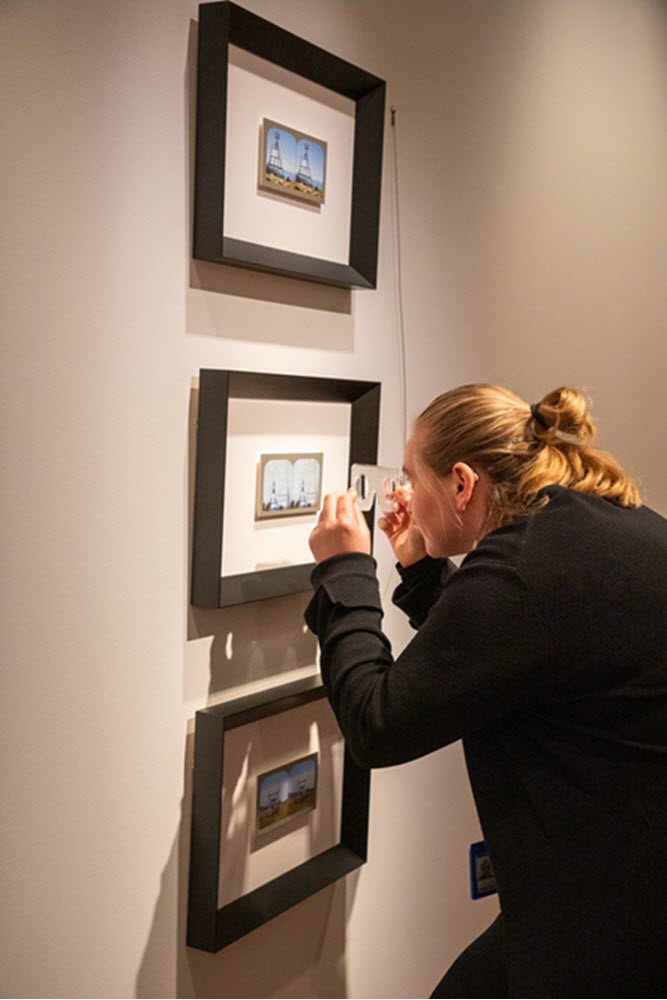
Rauhina Scott-Fyfe viewing How to drain a swamp series in Pōkai Whenua, Pōkai Moana. Photograph: Justin Spiers
There is a strong sense of whanaungatanga – kinship – in every aspect of Bridget’s work here, from production to exhibition. Whakapapa too, not only in the sense of familial and artistic genealogies but in there being all sorts of layers of, or connections between, land and people, images and materials. An immaterial presence within the gallery is somehow articulated by the audio recording of taonga pūoro played by Alistair Fraser that accompanies the large moving image work, Like a rock against the tide. These atmospheric sounds float through the gallery’s open doors as a gentle but persistent entreaty: you should come in.
Pōkai Whenua, Pōkai Moana is open (in Level 2!) Monday – Saturday, 10am -5pm, until 30 October at the Hocken Gallery, 90 Anzac Ave, Ōtepoti Dunedin.



